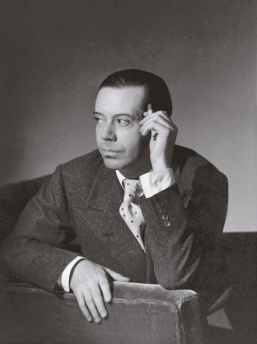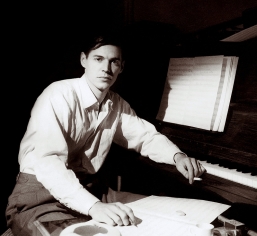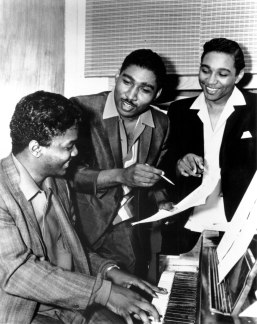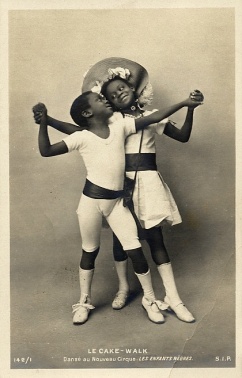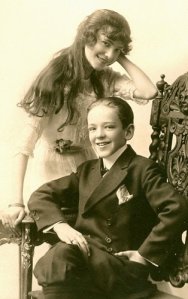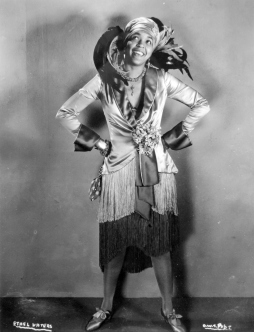Tuxedo Junction
Tuxedo Junction
There exists disagreement as to the authorship of the song. The reasons for the discrepancies are not clear to me. Here are the co-songwriter credits according to four prominent sites:
- ASCAP’s ACE database: 4 credited writers — Julian Dash, Buddy Feyne, Erskine Hawkins, William Johnson
- Wikipedia: 3 credited writers — Erskine Hawkins, Bill Johnson; lyric later added by Buddy Feyne
- Answers.com: 5 credited writers — Erskine Hawkins, Julian Dash, Buddy Johnson, William Johnson, Buddy Feyne
- Discogs.com: 3 credited writers — Erskine Hawkins, Julian Dash, William Johnson
Two 1939 recordings, the original by the Erskine Hawkins Orchestra and a second by Glenn Miller and his Orchestra, were hits that year. Julian Dash was a tenor saxophonist and member of the Erskine Hawkins Orchestra at the time. Oddly, he appears to be often credited for contribution to the Glenn Miller version of 1939, but not for the original Hawkins version.
____________________
Wikipedia excerpts:
The song is about a jazz and blues club in the Birmingham, Alabama suburb of Ensley. The area is referred to as “Tuxedo Junction”, even though the building is called the “Nixon Building” (built in 1922). This is due to the location of a streetcar crossing at Tuxedo Park, hence “Tuxedo Junction”.
The song was originally written as an instrumental. When it was given to Lewis Music Publishing, they farmed it out to several prospective lyricists to see who could write the best words that matched the song. Buddy Feyne asked Erskine Hawkins why he titled it as such. Erskine mentioned that it was a whistle stop on the “Chitlin’ circuit”, which led to Buddy’s lyrics. Erskine selected his above the other candidates. Once the song had been published, then the white bands added it to their playlist.
____________________
Erskine Hawkins bio at allaboutjazz.com, excerpt:
 Born: July 26, 1914 | Died: November 11, 1993
Born: July 26, 1914 | Died: November 11, 1993
_____________________________
Erskine Hawkins – 1939 (?). I’ll try to obtain the recording date. Wikipedia indicates that it preceded Glenn Miller’s recording and dates the compostion 1939. Second Hand Songs dates the recording by Hawkins 1939.
.
Glenn Miller and his Orchestra – 1940
Wikipedia, in a their Glenn Miller discography, says:
Tuxedo Junction…was number one for nine weeks on Billboard’s Juke Box chart in 1940. Buddy Feyne added lyrics. Glenn Miller copyrighted his arrangement of the song on February 8, 1940
.
(Below) A slide show photomontage focusing primarily on top bandleaders, vocalists, and a selection of venues associated with the Swing Era, provided to youtube by beginthebeguine. I think it’s the same 1939 recording as above. The second groove in the vid is a 1975 recording by The Manhattan Transfer from the debut album of the vocal group’s second incarnation. It became their “theme song.”
.
The International Sweethearts of Rhythm – AFRS #88, 24 July 1945
 From Wikipedia’s article on the Far East Network (radio):
From Wikipedia’s article on the Far East Network (radio):
In May 1942 the Armed Forces Radio Service (AFRS), was established on the Alaskan island of Kodiak. Radio broadcasts were used to provide information to members of the American armed forces serving off of the U.S. mainland.
Evolving from the Morale Services Division of the War Department, the new American Forces Radio Service (AFRS) also included a combination of such activities as command troop information programs, local command news, information broadcasts and morale-building transmissions. By late 1942, the new AFRS had begun receiving direct support from both the Army and the Navy with the assignment of personnel tasked with producing special radio programs. In 1943, a complex of high-powered radio transmitters was organized to transmit programs to military men and women serving inEurope, Alaska, and the South Pacific.
When AFRS broadcasts were transmitted in the Pacific, they were done so under two different commands. Outlets in the Southwest Pacific were operated under Army General Douglas MacArthur; those in the Central Pacific, under Navy Admiral Chester Nimitz. [read more]
.
Frank “Sugar Chile” Robinson – 1947
.
Art Greenslade and his Orchestra – 1967
.
The Manhattan Transfer
From The Manhattan Transfer Show on CBS – 1975
.
Old Grey Whistle Test – 12 March 1977
.
James Last – from In the Mood for Trumpets – 1975
.
Glenn Miller Orchestra – live in Altenburg, Germany – 2005
















